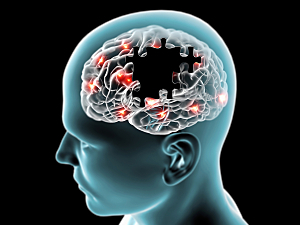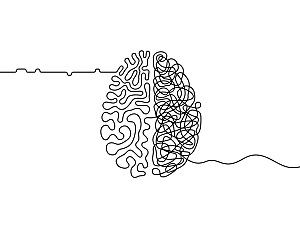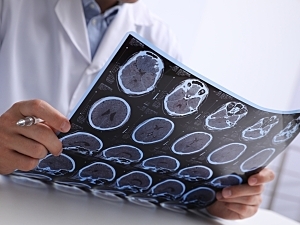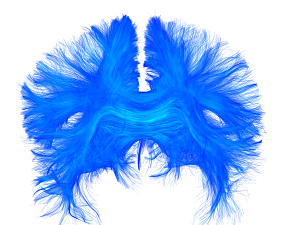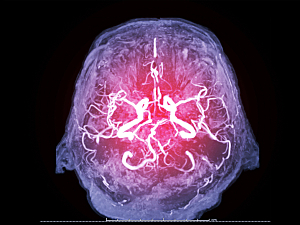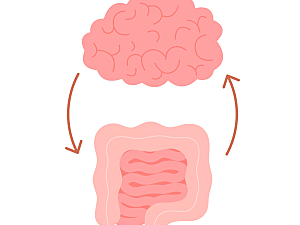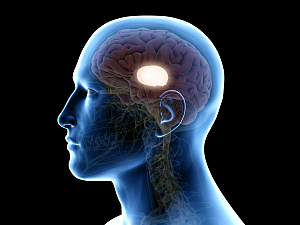Anterior Temporal Lobectomy Has Clear Utility in Medically Refractory Herpes Simplex Virus Encephalitis

Herpes simplex virus (HSV) is the most common cause of viral encephalitis. The brain lesions in HSV encephalitis (HSVE) primarily involve the temporal and frontal lobes. About half of patients develop seizures, which may progress to chronic seizure disorders or status epilepticus.
Read More...